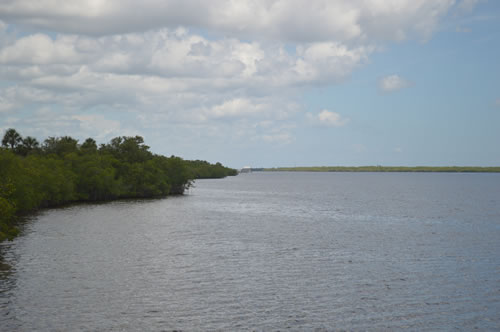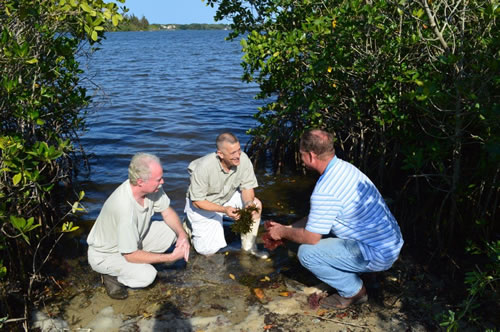Joe Flescher pledges to continue to work hard to preserve the character of our county and to help find solutions to repair and restore the fragile eco-system that is our precious Indian River Lagoon!
Spoonbill Marsh
- Total Nitrogen Removed – 14,864.19 Pounds
- Total Phosphorous Removed – 2,597.6 Pounds
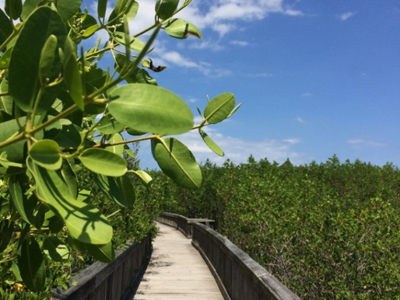
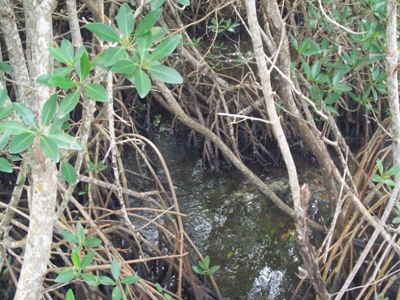
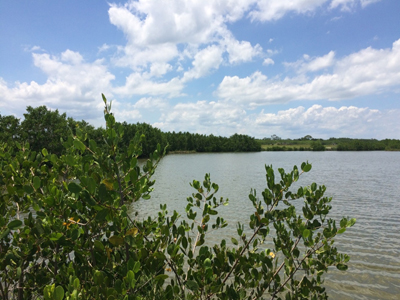
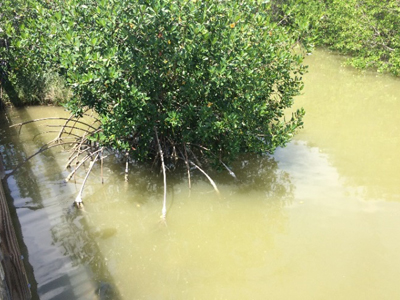
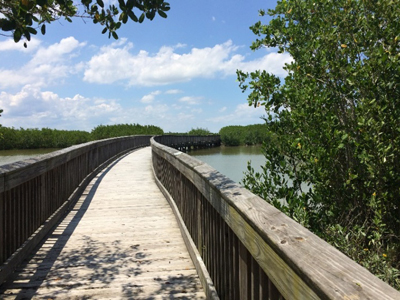
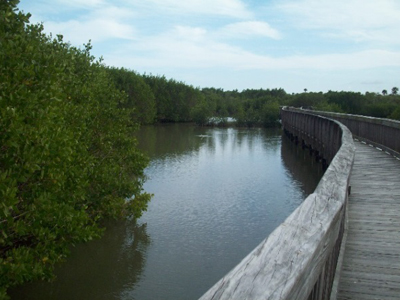
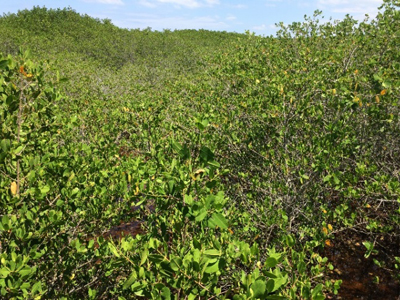
Osprey Marsh
- Total Nitrogen Removed – 10,814.8 Pounds
- Total Phosphorous Removed – 2,233.5 Pounds
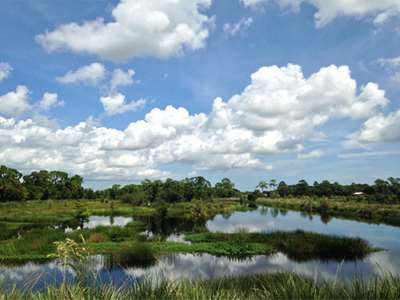
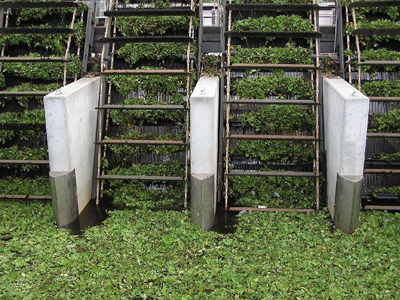
Nutrient Reduction
- Nutrient loading reduction to local waterways and the Indian River Lagoon through wetland management facilities using natural processes to reduce Nitrogen and Phosphorus
- FY 2015/16 Total Removal
- Nitrogen – 23.34 Tons
- Phosphorus – 4.73 Tons
- Spoonbill Marsh
- Egret Marsh
- PC Main – Removal of Vegetation shown above
- Osprey Marsh
- Completed 2014
- Algae production Early 2015
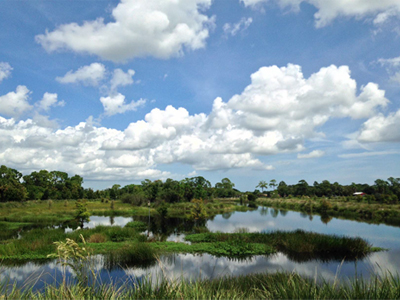
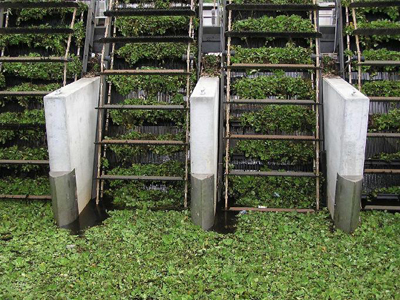
INDIAN RIVER LAGOON Priorities
- Actively Involved in Improving Health of Our Lagoon
- Hosted Symposium of experts and interested persons to assist in the dialogue to identify needs
- Working closely with Harbor Branch Oceanographic Institute
- Participating in Indian River Lagoon Counties Coalition
- Kilroy units being put in place to analyze nutrient levels
- ALL Canals Lead to The Lagoon initiative
Spoonbill Marsh
- Treatment of Lagoon water and reverse osmosis concentrate before entering Lagoon by removing nutrients (Nitrogen & Phosphorus)
- Found to be more effective than costlier Deep Well Projects
- Planted Oyster Beds as a part of the process
- Ideal conditions have created large Oyster colonies
Egret Marsh Regional Stormwater Park
- Bio-fuel Clean-up and Algae Farm
- Removes nutrients from Main Relief Canal prior to going into lagoon (Nitrogen & Phosphorus)
- Processes 10 Million Gallons of Water per day
- Harvested Algae can be used as soil supplement
- Harvested Algae being scientifically studied as an alternate fuel source (bio-fuels/methane gas)
Pollution Control (PC) Main Structure
- Screening Facility on Main Relief Canal
- Removes vegetation materials and other pollutants that otherwise would enter the lagoon
Osprey Marsh Facility
- Bio-fuel Clean-up and Algae Farm
- Removes nutrients from South Relief Canal prior to going into lagoon (Nitrogen & Phosphorus)
- Processes 11.7 Million Gallons of Water per day
- Harvested Algae can be used as soil supplement
- Harvested Algae being scientifically studied as an alternate
fuel source (bio-fuels/methane gas) - Provides South County RO Concentrate Disposal Treatment,
Nutrient Removal and Nutrient Credit - Project Under Construction (Originally referred to as PC South
Nutrient Recovery Facility)
Grand Harbor North Project
- Under Conceptual Design Phase
- Storm water Treatment System
- Design of Wetlands area that will serve to remove nitrogen and
phosphorus and clean storm water pumped from the North Relief
Canal and FDOT ditch before it reaches the Indian River Lagoon
